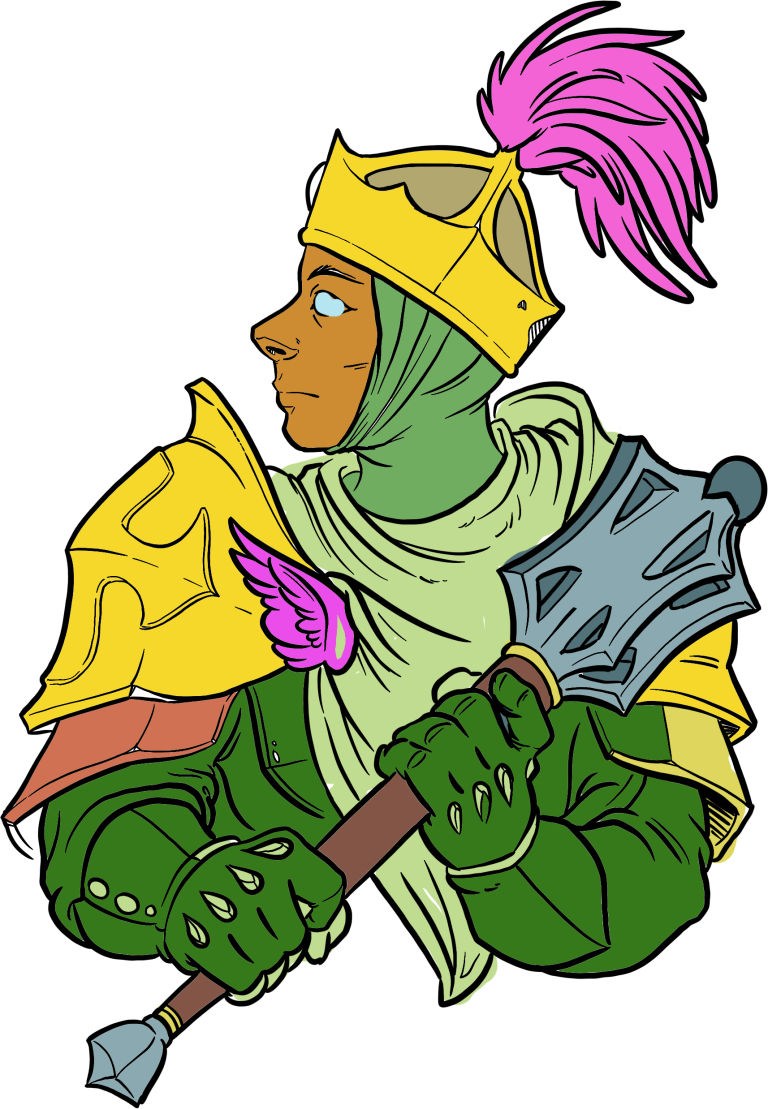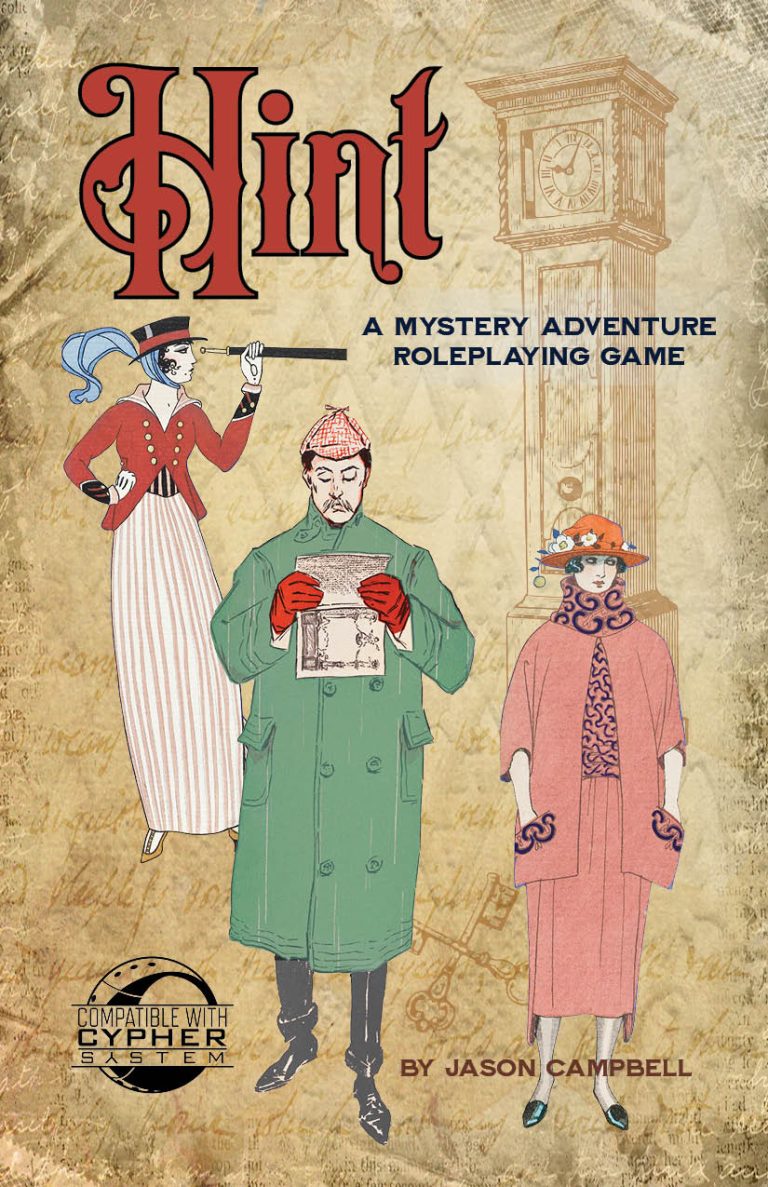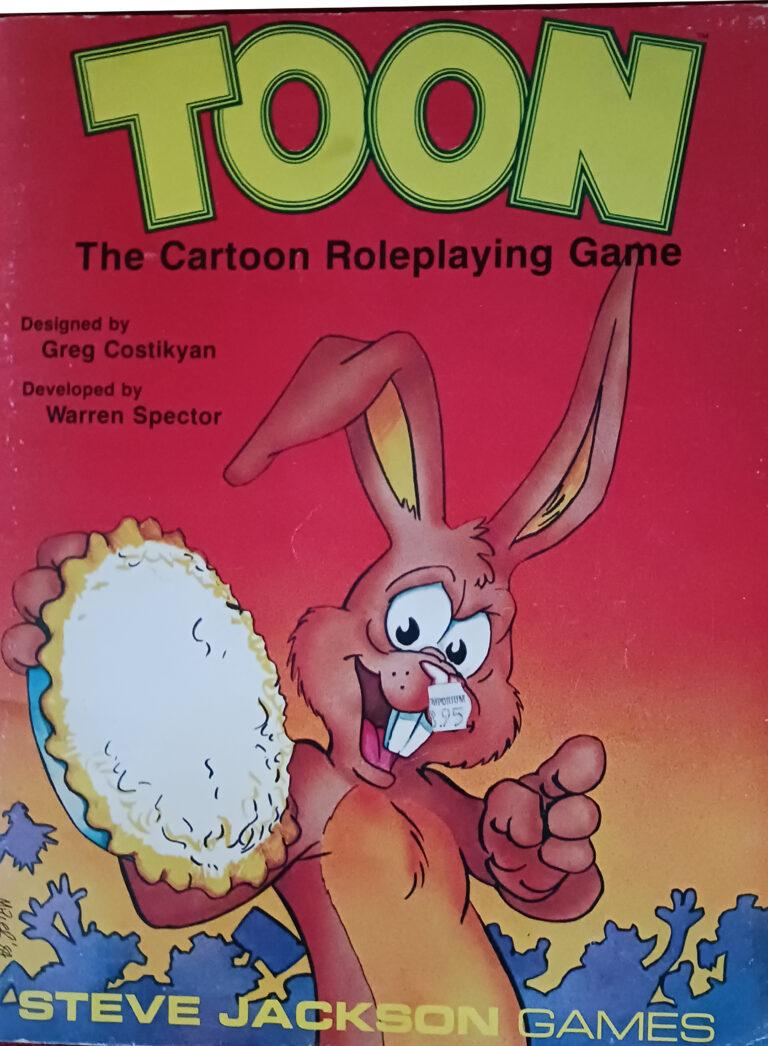by Jason Campbell
I started a Blades in the Dark campaign this week. Blades in the Dark is a TTRPG by John Harper and published by Evil Hat Productions. I’ve played Blades in the Dark a bit but this was my first time as GM. All three players were experienced in RPGs but they were new to BitD.
You can read about BitD at the link above and get more details including rules here, but the general idea is the PCs are all rogues of a sort, building a “crew” (a criminal gang) in a haunted steampunk city. The GM does little to no prep, and the story is built by the GM and players together. It uses a d6 dice pool system.
I introduced the basics of the system and we dove into character creation. I find that because the crew is as important as individual characters it’s beneficial to create the characters as a group rather then having the players create characters separately and bring them to the first session. I also believe that unlike many RPGs, 3 is probably the ideal group size. This is because success of the group is not determined by having a certain number of character types or even number of combat attacks. The game flows best when the players can quickly debate and decide the actions of the crew. With a group of 3 players if a decision is needed, 3 is an ideal number since if there’s a disagreement between 2 players you have the 3rd as a deciding vote. Each player chose a character type; one Whisper, one Cutter, and one Slide. It seemed like a good fit. They then chose the crew type, Shadows.
We had set aside 3 hours for this session, and character and crew creation took 2 hours. If this seems like a long time, I think this is expected with players that are new to the system, as they won’t be able to anticipate the importance of their choices. With an hour left, we skipped over giving detailed background of the city and lore and we decided on a short Score so the players could get a feel for how the rule system worked. In BitD the game moves between a Free Play phase, where the PCs get information and determine what their next Score is (a score is the term for a heist, or caper). Then you immediately proceed to play out the Score, and move on to Downtime. Unlike other RPGs, Downtime is a necessary and mechanically defined part of the game where PCs gain money and experience as well as do things like learn new skills and heal wounds. Then the game moves on to the Free Play phase and the cycle continues.
The Score wrapped up in an hour with the PCs succeeding in their goal and the players got a feel for the basic mechanics of the system. The next session will begin with Downtime and that will give the players time to explore some of the lore of the city.
Please let us know if you have any advice on running Blades in the Dark, or questions about the system itself.







